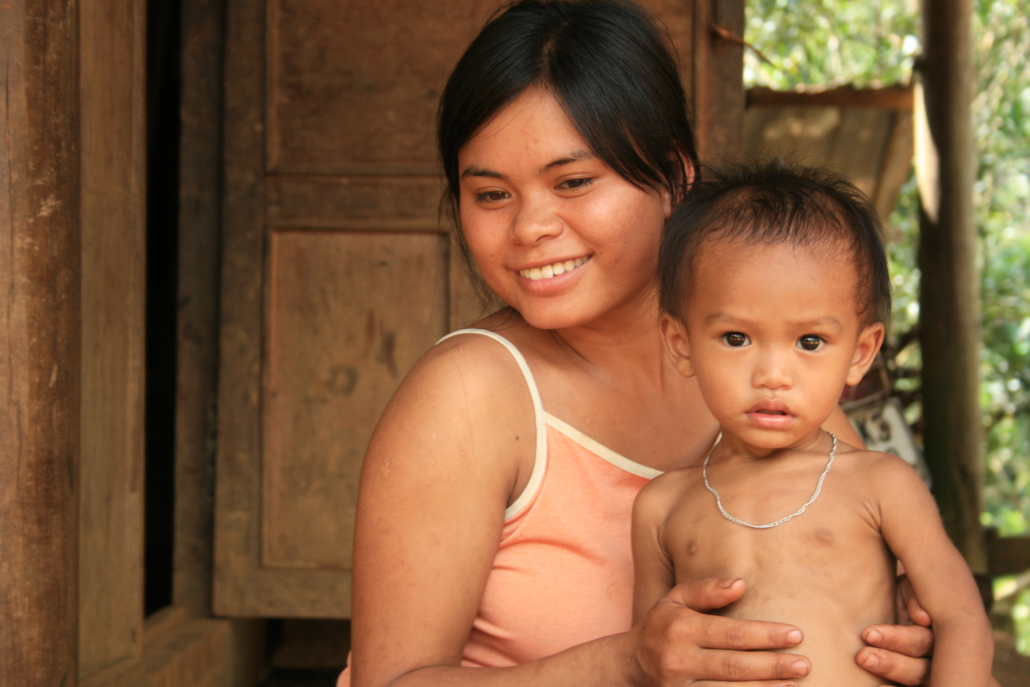4 Facts About The Safe Delivery App
 Across the globe, thousands of women die every year as a result of complications during birth. A variety of organizations have been developing to combat these preventable deaths. The Safe Delivery app, a maternal healthcare app, provides one of these solutions. Below are four facts outlining the app’s purpose as well as its successes since its release in 2012.
Across the globe, thousands of women die every year as a result of complications during birth. A variety of organizations have been developing to combat these preventable deaths. The Safe Delivery app, a maternal healthcare app, provides one of these solutions. Below are four facts outlining the app’s purpose as well as its successes since its release in 2012.
4 Facts about the Safe Delivery App
- Maternal mortality is an issue around the world. Every year, more than 300,000 women die from causes related to pregnancy. Women typically die in pregnancy and childbirth for five main reasons: “severe bleeding, infections, unsafe abortion, hypertensive disorders, and medical complications like cardiac disease, diabetes, or HIV/AIDS.” There is also a greater chance of death for pregnant women who lack proper assistance. Unfortunately, in sub-Saharan Africa, less than 50% of women during birth have a trained midwife, nurse or doctor to help them through the process. Many instances of maternal mortality are 100% preventable when access to quality maternal care is provided.
- The Safe Delivery App educates. The University of Copenhagen, the University of Southern Denmark and the Maternity Foundation launched the app to provide skills and to assess knowledge of those assisting with births in remote areas of developing nations. The app consists of 12 modules that address numerous childbirth emergencies and the appropriate preventative procedures for each. It uses “animated instruction videos, action cards, drug lists, practical procedures, and an individualized e-learning component, MyLearning,” to guide healthcare workers. The Safe Delivery app also works offline so healthcare workers can access the modules in any place, at any time.
- The app’s creators collaborate. Some key partners include The Bill and Melinda Gates Foundation, Jhpiego, the Danish Emergency Relief Fund and MSD for Mothers. The app’s creators have teamed up to prep for launching the app in even more countries. For instance, Merck for Mothers is working with the Maternity Foundation to incorporate user feedback into the app’s design. They are also collecting user data through case studies and stories to help improve the app’s adoption in other countries. Additionally, the creators of the Safe Delivery App partnered with the United Nations Population Fund (UNFPA) to study the effectiveness of the app; for the study, the app trained 58 birth attendants across four different regions. After collecting feedback, the UNFPA found there was an “association between high user engagement and improvements in the health workers knowledge and competencies when handling childbirth emergencies.”
- The Safe Delivery app is succeeding and improving. The Safe Delivery app boasts over 17,000 downloads in 44 low- and middle-income countries. In 2019, the top five countries were Ethiopia, Sierra Leone, Ghana, Somalia and Togo. Also in 2019, a total of 10,418 users actively used the quiz functions. According to research conducted by Merck for Mothers, “Workers’ skills in handling complications increased by more than 100%” after using the app for 12 months. In 2017, a Hindi version of the app launched for users in India; this drastically increased healthcare workers’ skill sets in the region. The Maternity Foundation has also released multiple case studies that show the positive impact of the Safe Delivery app. For example, the Maternity Foundation tracked the app usage of 62 health workers across eight facilities in Congo. According to the Maternity Foundation, “The study showed a significant increase in the healthcare workers’ knowledge and confidence when handling post-partum hemorrhage and neonatal resuscitation.”
Since the launch of this maternal healthcare app, researchers have seen great improvements in healthcare knowledge. While maternal mortality is still an issue around the world, innovations like the Safe Delivery app can eradicate the dangers of childbirth.
– Sara Holm
Photo: Flickr
